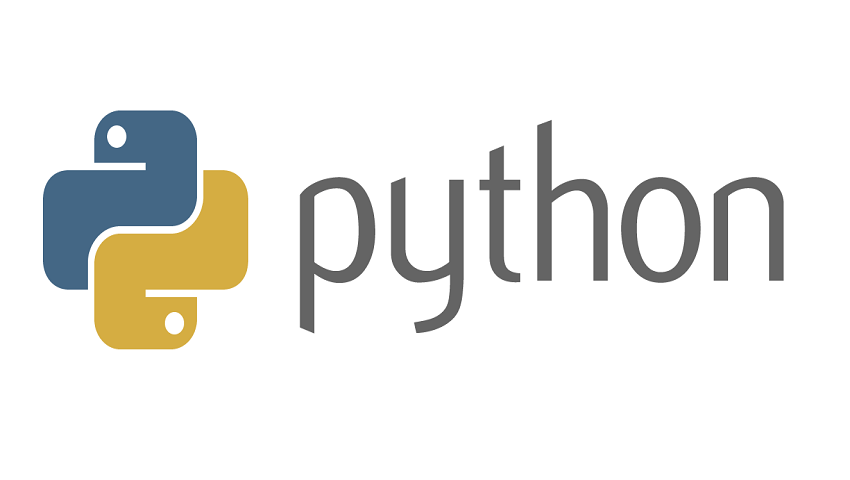Last Updated on May 5, 2025 by Jim C.
Other programming languages may implicitly typecast integers to strings when concatenating with strings. Well, Phyton does not. Phyton has a handy built-in function “str” that converts the argument passed in to a string format.
Convert Int to String in Python
In other words, “str” (string) function is used to convert int to string phyton. By converting an integer to a string, “TypeErrors” can definitely be avoided. When converting numbers to a string, the results can be easily aligned into tables.
Concatenating a number before a string to enumerate an item is another example of this.
Here are the steps to convert int to string to phyton:
Step #1:
Launch your Phyton Editor.
Step #2:
Type “str (Number)”.
Step #3.
Press “Enter” to run the String function so it can convert the integer to string.
How to convert Int to String in Python – Example
“print (“Give me a number: “,) result = input ()Number = int (answer) addFive = number +5Print (Adding 5 to the number, the answer is “+str (addFive))”
In this example, we ask the user to enter a number. We use the “int” function to convert the number to an integer. We added 5 to the integer. The “str” (string) function then converts this integer to a string. This way, Phyton can concatenate and can print out the answer.
Error Code
Error code we can get “TypeError: cannot concatenate “str” and “int” object”. Phyton will give this error code if we do not use the “str” to convert the integer to string.
I hope this Int to String in Phytonarticle has helped you about converting the integer to a string in your programming.

